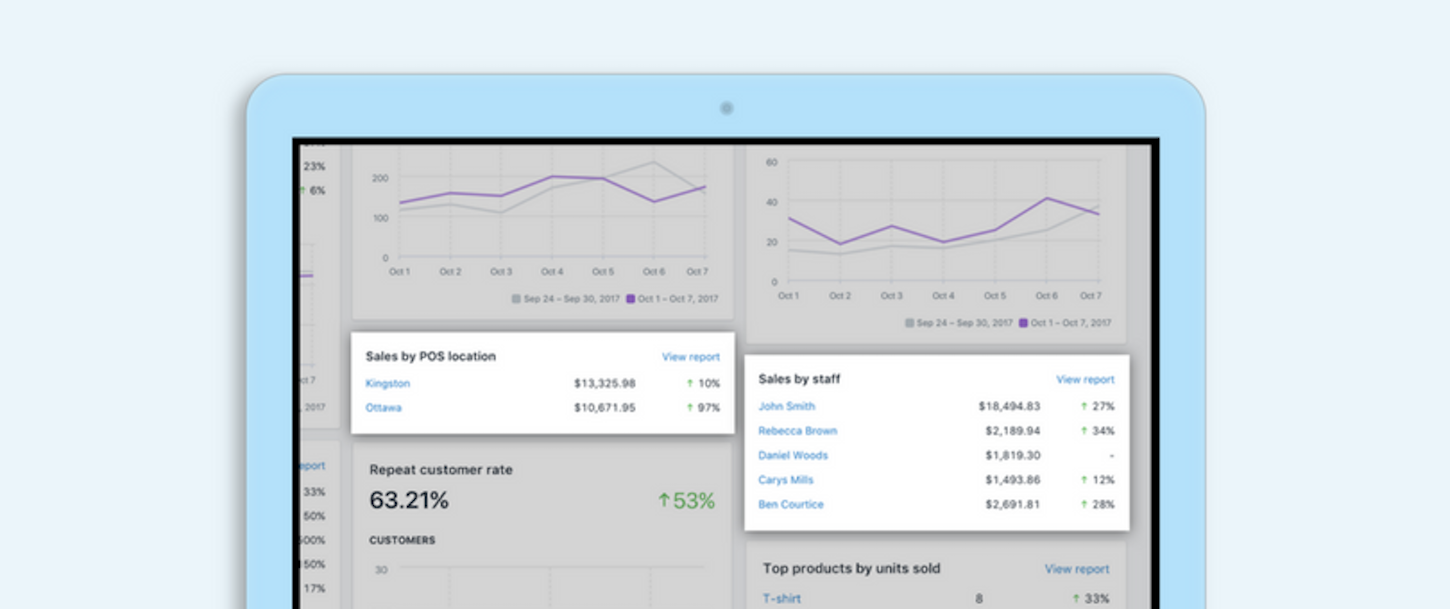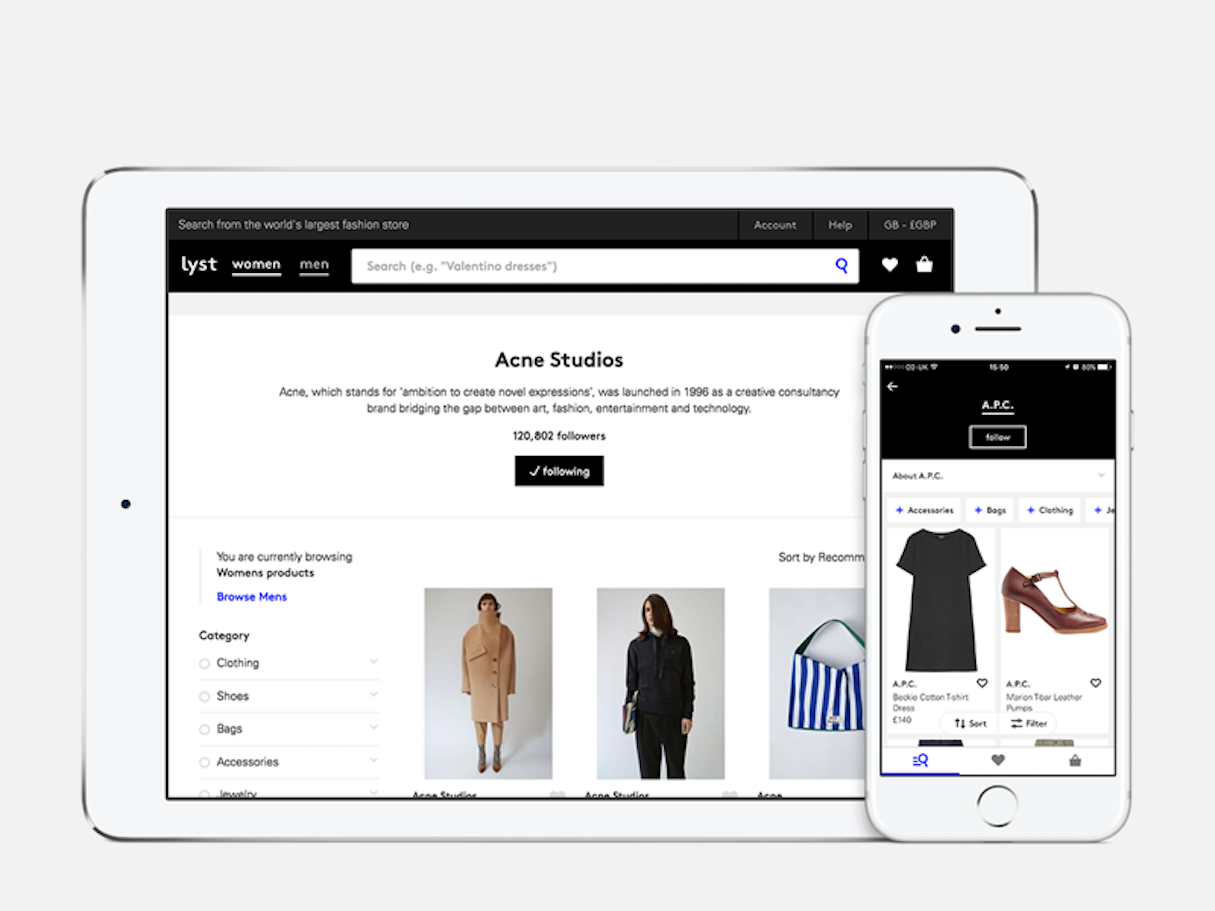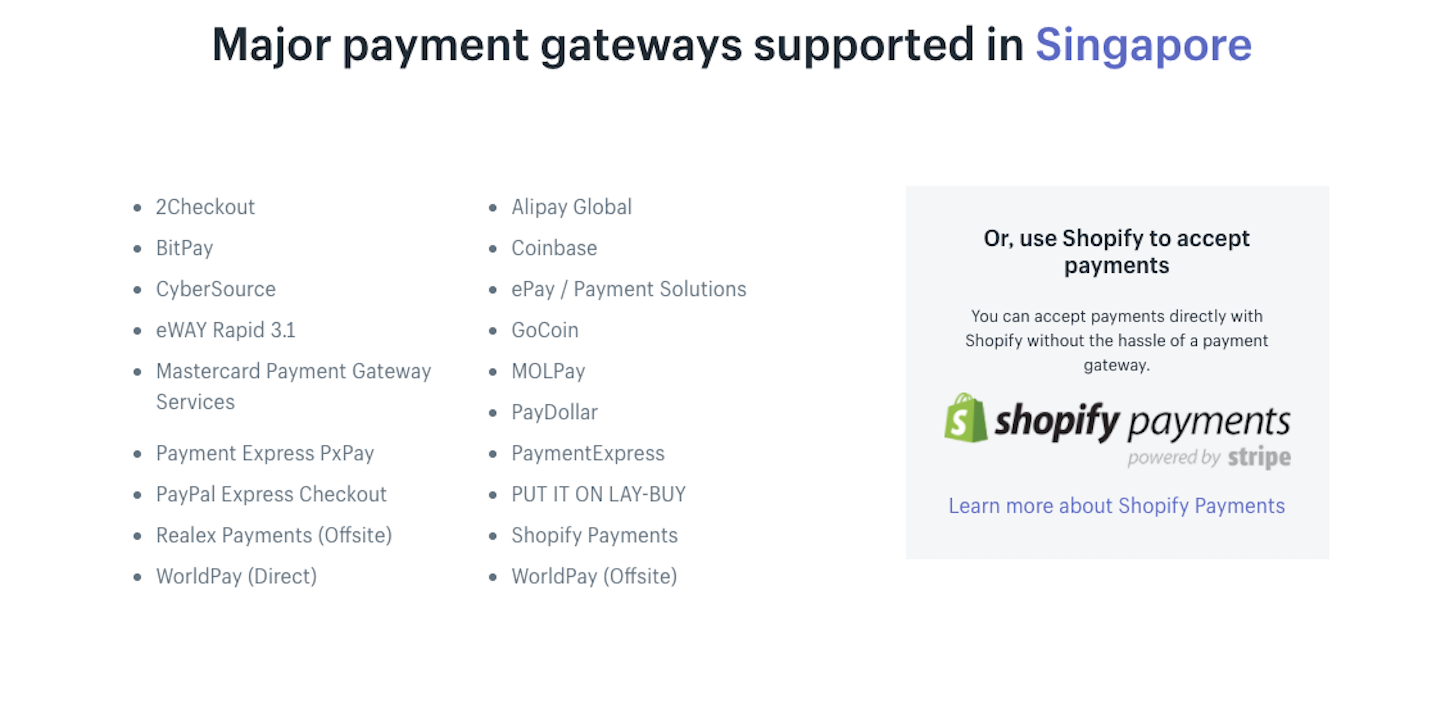Black Friday Cyber Monday (BFCM) is the biggest online shopping weekend of the year and it’s fast approaching. Shopify merchants break sales records each year, and last year was no different.
In 2016, the highest transaction Shopify processed during the season’s peak was $555,716 in a single minute. Here’s to making 2017’s BFCM the biggest to date!
"In 2016, the highest transaction Shopify processed during the season’s peak was $555,716 in a single minute. Here’s to making 2017’s BFCM the biggest to date!"
As a Shopify Partner, your clients turn to you for advice on how to best capitalize on BFCM. To help you prepare, we’re releasing part two of our product roundup series. Get up-to-date on what’s new at Shopify, share with your wider team, and better equip yourself to support your clients.
Today, we’re covering general product updates, diving into what’s new with Shopify POS, and sharing how we’re making international expansion easier.
Enhancing the online store
Updates to the Shopify Platform help merchants sell more with discounts, do more on-the-go with the mobile app, and gain new knowledge with analytics.
1. Discounts made easy
According to Shopify data, in 2016, more than half of Shopify's merchants used discounts as a sales tactic during BFCM. This year, creating and distributing discounts is easier thanks to Shareable Discount Links, which launched in mid-October.

In the past, customers had to remember discount codes and manually apply them at checkout. If a customer happened to forget the code, there was a chance they’d abandon their cart, resulting in lost sales for merchants.
Shareable Discount Links simplify the shopping experience by automatically applying discounts to a customer’s checkout, which leads to higher conversion rates. The links can be shared on social media, through email, or sent directly to customers.
Guide your clients on how to drive sales and traffic using shareable discount links.
2. Do more with mobile
Product Collections are used by the majority of merchants to organize and present products effectively to customers. As we improve the Shopify mobile app, merchants are able to do more on the go. In mid-October we launched a new feature that enables your clients to create, modify, and manage Product Collections directly from their mobile devices.

No matter where they are, merchants can create a product, upload an image, and add it to a sale collection. For example, if a product is out of stock after a BFCM sale, a merchant can now remove the item from the home page collection using their phone.
See how to easily create and edit collections from any device, during the busiest time of year.
3. Declutter analytics
Making sales is a merchant’s bread and butter. Since marketing and sales go hand-in-hand, gathering and making sense of marketing analytics is important.
We’ve launched new marketing analytics reports that provide merchants with easy access to curated and relevant data from the Shopify Dashboard. Here’s what’s new.
Marketing activity reports
If merchants carry out marketing activities using an app from the Shopify App Store, this report will show how each individual activity is performing, including sales by marketing activity, or visitors by marketing activity.
Merchants now have access to insights like conversion rates, discounts used, top customers and products sold, average visit duration, and average order value.
Sales attribution reports
This report shows how activities carried out from several sources work together, which ones best drive traffic to a merchant’s store, and which ones drive sales.
Merchants get a full view of their customer’s journey, from the time they first interact with a store, to when they make a purchase. In addition, merchants gain better insight into:
- How a customer got to the store.
- How many times a customer visited the store before purchasing.
- How many orders a customer placed on their store.
These new analytics help your clients know exactly what they’re measuring and in turn they can better optimize their marketing spend to get the biggest bang for their buck.
Help educate your clients on how to be smarter with their marketing with the dedicated blog on Shopify analytics updates.
Improving the retail selling experience
Shopify POS has been updated to include stronger analytics for merchants selling in-person.
4. Improve retail reporting

Shopify strives to empower all merchants, regardless of whether they sell online or offline. With this in mind, we’ve improved retail reporting.
Instead of visiting the Analytics Dashboard and finding online-first data, merchants selling in-person using Shopify POS will now see specific data relevant to their retail operations. The data includes top performing staff, sales by retail location, benchmarks of total sales over a custom time period, top products sold, average order value, etc.
You can now better service the needs of your clients who sell in-person by offering them strong insights into their product performance, order sizes, and staff performance.
Get a full glance at what’s now available for merchants selling in-person.
Selling without borders
Thanks to new partnerships, expanding globally is easier with improved shipping, new sales channels, and simple payment methods.
5. Level-up on shipping

Shipping is high on a merchant’s list of concerns. Which is why we teamed up with DHL Express at the start of October to launch DHL Express. It’s now embedded in Shopify Shipping, and gives US merchants access to the same premium international shipping that big-box retailers use.
This partnership guarantees:
- Express service
- Enterprise-grade rates
- Free scheduled DHL pick-ups for any volume of packages
All shipping information, including order details, customer data, and tracking information, is held in the Shopify Admin. The reduced complexity encourages US merchants to expand their business and serve global customers.
Get started with DHL Express Shipping to empower clients to take their business worldwide.
6. Sell on Lyst
Lyst.com is a global fashion search engine that connects millions of shoppers globally with items from over 12 thousand designers and stores (including Burberry, Valentino, Alexander McQueen, J.Crew, and more).

Now a new sales channel for Shopify merchants, Lyst is available through the Shopify App Store. Merchants can easily list their products on the Lyst platform, and still manage their inventory within the Shopify Dashboard.
Thanks to Lyst, international merchants have a new avenue through which they can reach customers in the U.S., U.K., Germany, Sweden, Finland, and Austria. This makes it easier for your clients to expand globally.
Check the requirements and get your clients set up on the Lyst platform.
7. Accept Shopify Payments in Singapore
All merchants in Singapore are now able to accept credit cards directly through Shopify Payments.

Clients selling in and from Singapore now have the ability to accept and process transactions through Shopify Payments. By selecting Shopify Payments as their payment gateway, they’ll benefit from:
- Synced orders and payments — All financial details held in the Shopify Admin.
- Increased conversion rates — Checkout is accelerated thanks to Shopify Pay and Apple pay.
- Recovering lost sales from chargebacks — Chargeback response is customized and triggered with a single click.
- Transparent pricing — Credit card rates are based on your client’s Shopify plan.
See the full list of supported payment gateways in Singapore.
Educate yourself, your team, and your clients
Hopefully, these updates help you answer some of your client’s questions and concerns, and equip you with the proper resources to tackle BFCM. Want to stay in the know? Check out our latest product updates from October. Or, stay up to date by following us on Facebook and Twitter.
Have questions about these updates? Let us know in the comments below!









